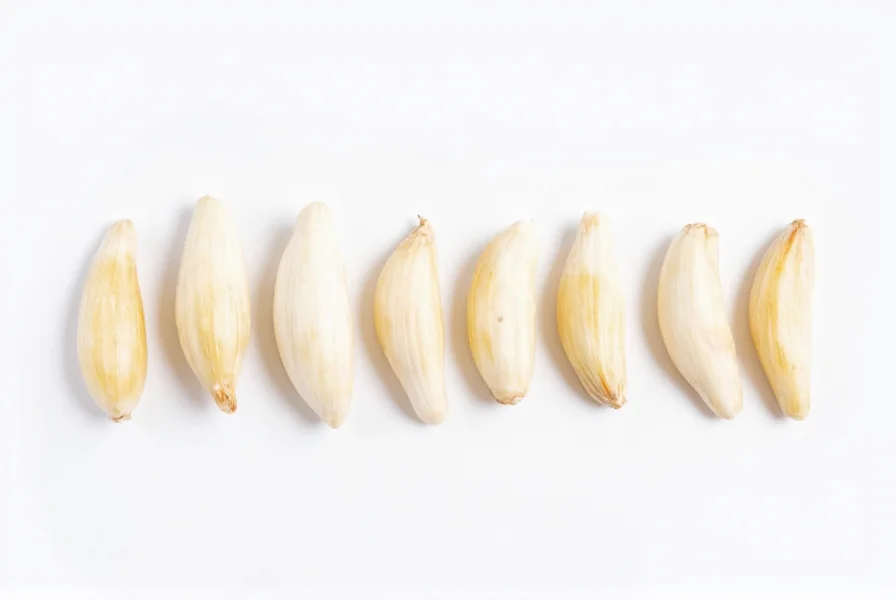Understanding garlic measurements is essential for precise cooking and recipe execution. When recipes call for specific quantities of garlic cloves but you only have pre-minced garlic or need to substitute measurements, knowing the exact conversion becomes crucial for flavor balance.
Garlic Measurement Fundamentals
Garlic measurements aren't always straightforward due to natural variations in clove size. Commercial garlic typically comes in three size categories: small (under 1 inch), medium (1-1.5 inches), and large (over 1.5 inches). These size differences significantly impact the teaspoon equivalent.
| Garlic Clove Size | Minced Garlic Yield | Chopped Garlic Yield |
|---|---|---|
| Small (under 1") | 1\/4 teaspoon | 1\/3 teaspoon |
| Medium (1-1.5") | 1\/2 teaspoon | 2\/3 teaspoon |
| Large (over 1.5") | 3\/4 teaspoon | 1 teaspoon |
Factors Affecting Garlic Measurement Accuracy
Several variables influence the precise conversion from cloves to teaspoons:
- Preparation method - Minced garlic packs more densely than chopped, yielding more volume per clove
- Moisture content - Freshly minced garlic contains more moisture than jarred versions
- Packing technique - How tightly you press garlic into the measuring spoon affects the final quantity
- Cultivar differences - Some garlic varieties have higher water content than others <\/ul>
- 1 garlic clove = 1\/8 teaspoon garlic powder
- 1 garlic clove = 1\/2 teaspoon garlic paste
- 1 garlic clove = 1 teaspoon garlic juice (from pressing cloves) <\/ul>

Practical Kitchen Applications
When following recipes that specify garlic in cloves but you're using pre-minced garlic from a jar, this garlic clove to teaspoon conversion becomes invaluable. Professional chefs often keep a garlic conversion chart in their kitchen workspace for quick reference during meal preparation.
For most home cooking applications, the medium clove standard (1 clove = 1\/2 teaspoon minced) works perfectly. However, when preparing dishes where garlic plays a starring role—like aioli, pesto, or garlic-infused oils—consider measuring by weight for greater precision. One medium garlic clove typically weighs 3-7 grams, depending on variety and freshness.<\/p>
Garlic Substitution Guidelines
Understanding garlic measurement equivalents extends beyond just cloves to teaspoons. Here are reliable substitutions when you don't have fresh garlic available:
Remember that dried garlic products have more concentrated flavor than fresh, so adjust accordingly when substituting. When converting from fresh to dried garlic, start with less than you think you need, then taste and adjust—dried garlic can easily overpower a dish if used in equal quantities.<\/p>
When Precision Matters Most
Certain culinary applications demand precise garlic measurements. In delicate sauces, salad dressings, or infused oils, even small variations can dramatically affect the final flavor profile. For these applications, consider using a kitchen scale for the most accurate results.
Conversely, in robust dishes like stews, braises, or roasted vegetable medleys, garlic measurement can be more approximate. These dishes benefit from garlic's flavor but can accommodate slight variations without compromising the final result.<\/p>










 浙公网安备
33010002000092号
浙公网安备
33010002000092号 浙B2-20120091-4
浙B2-20120091-4